You can trust Cyclingnews
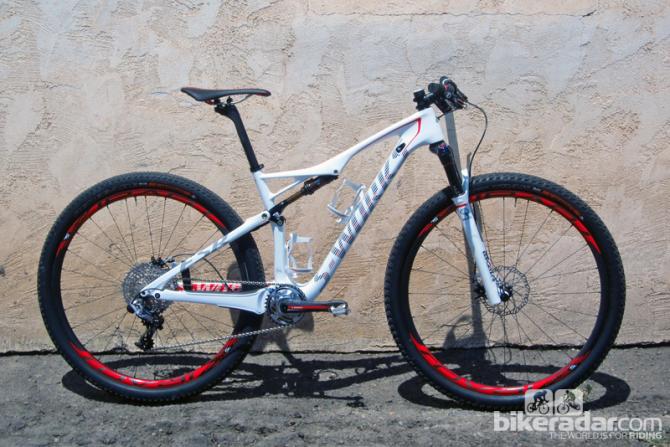
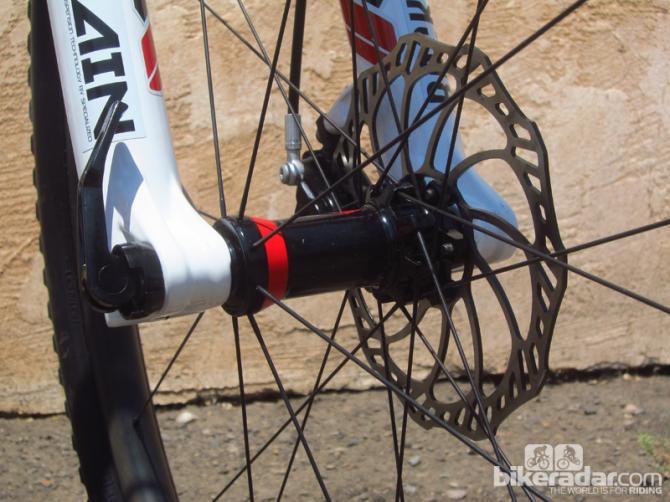
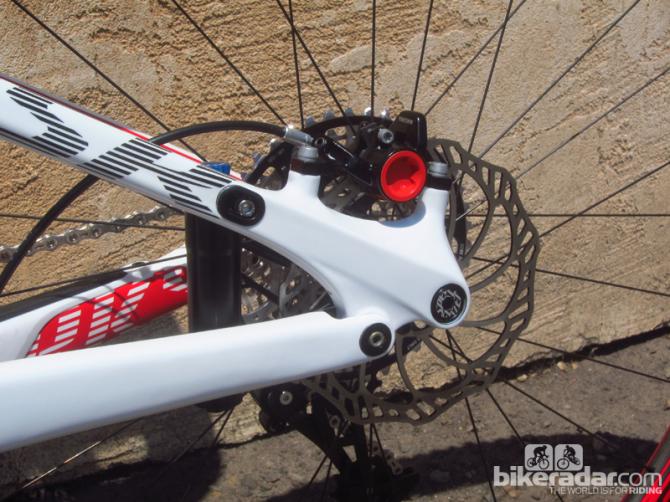
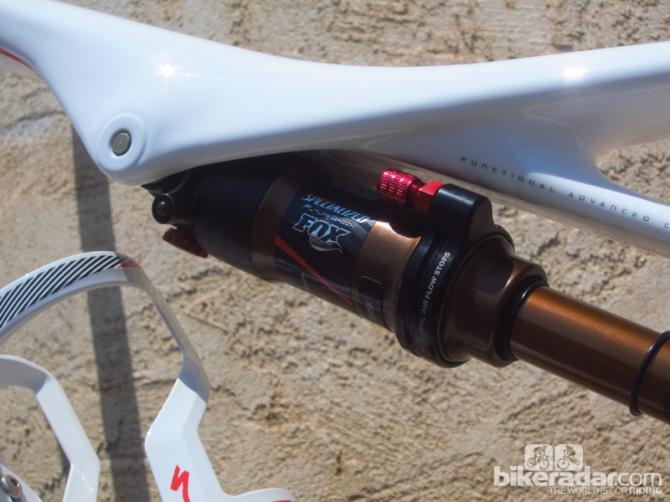
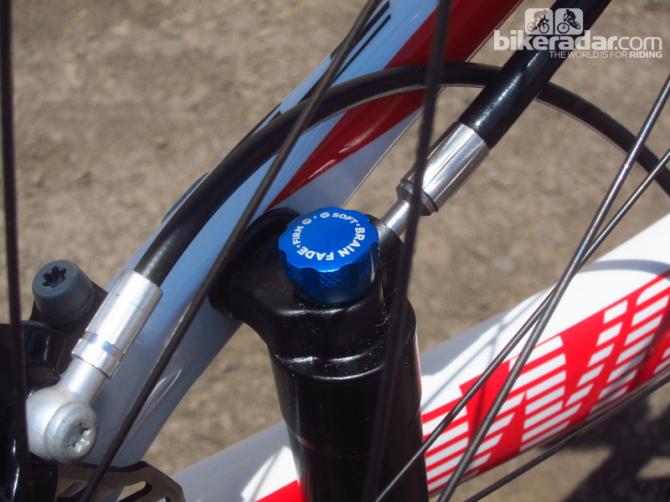
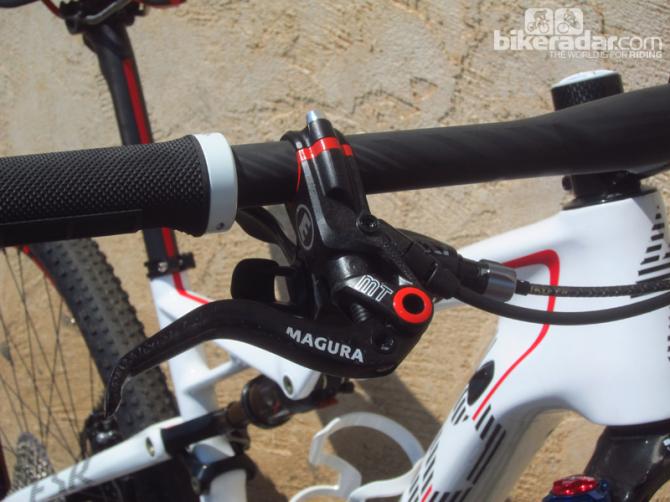
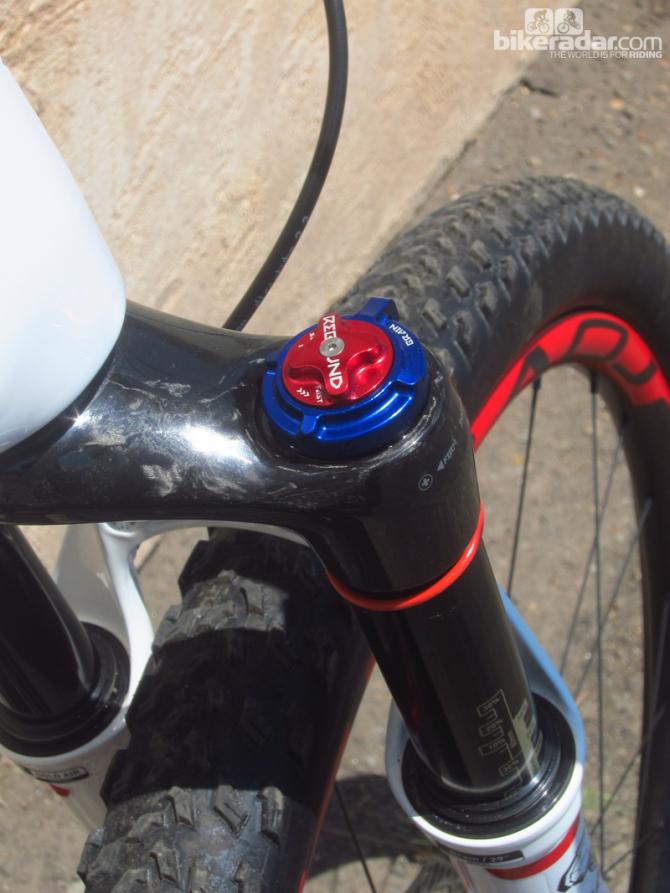
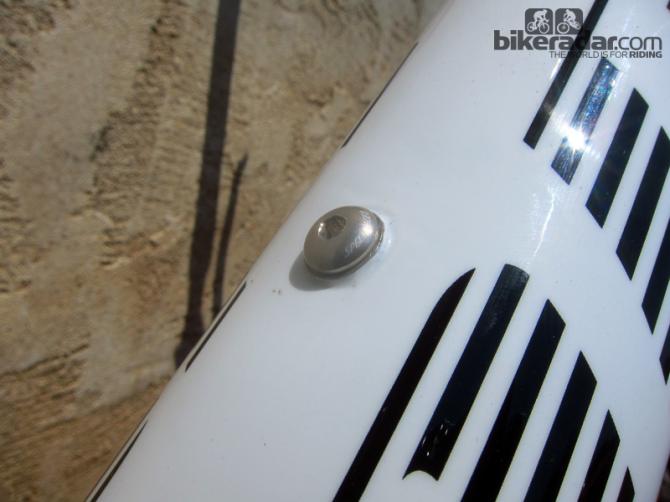
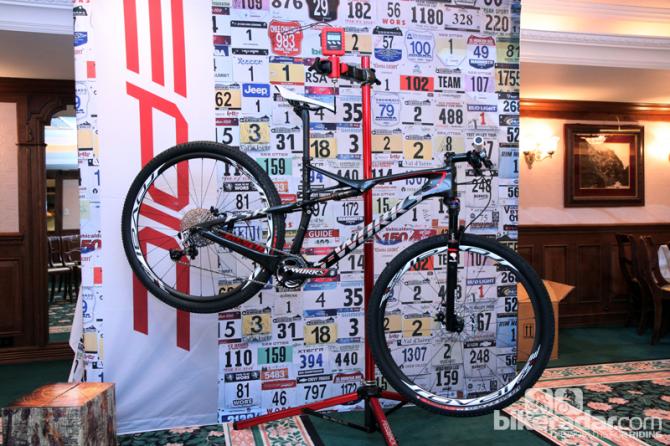
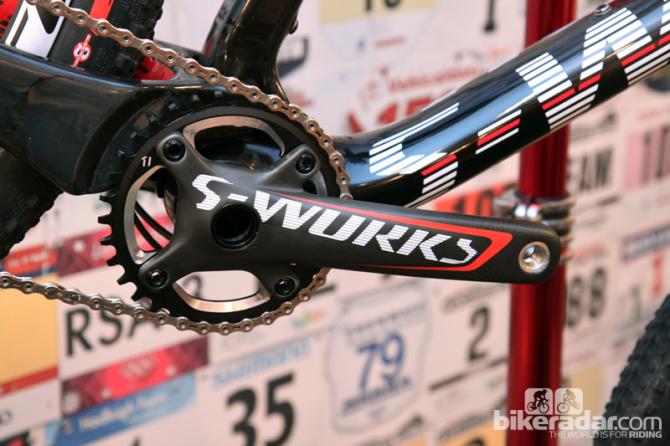
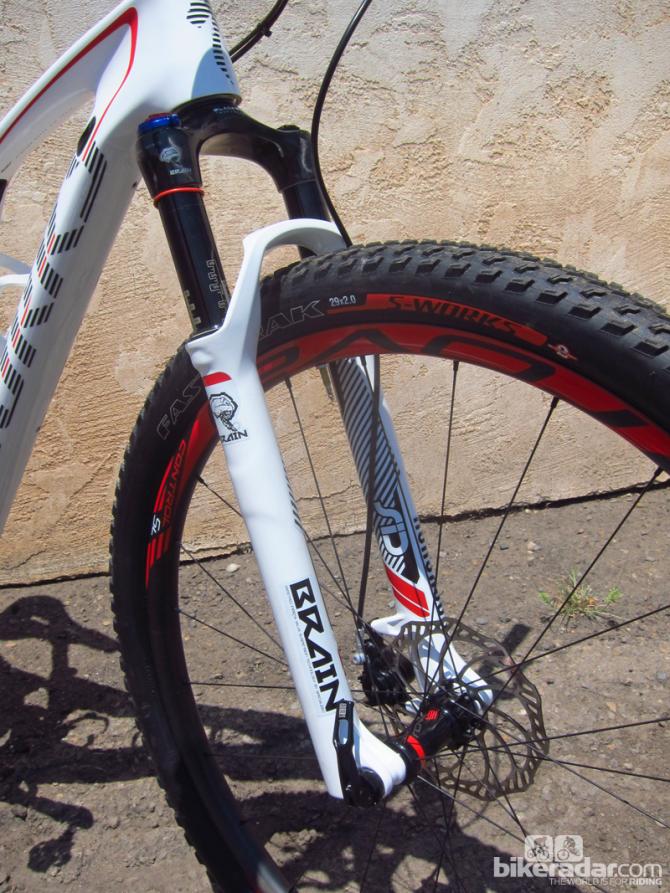
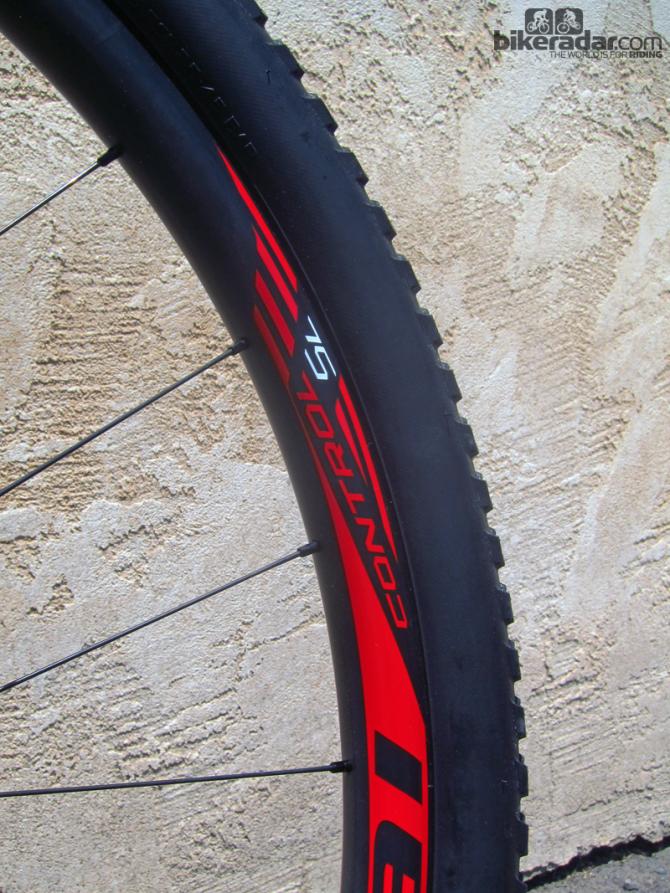
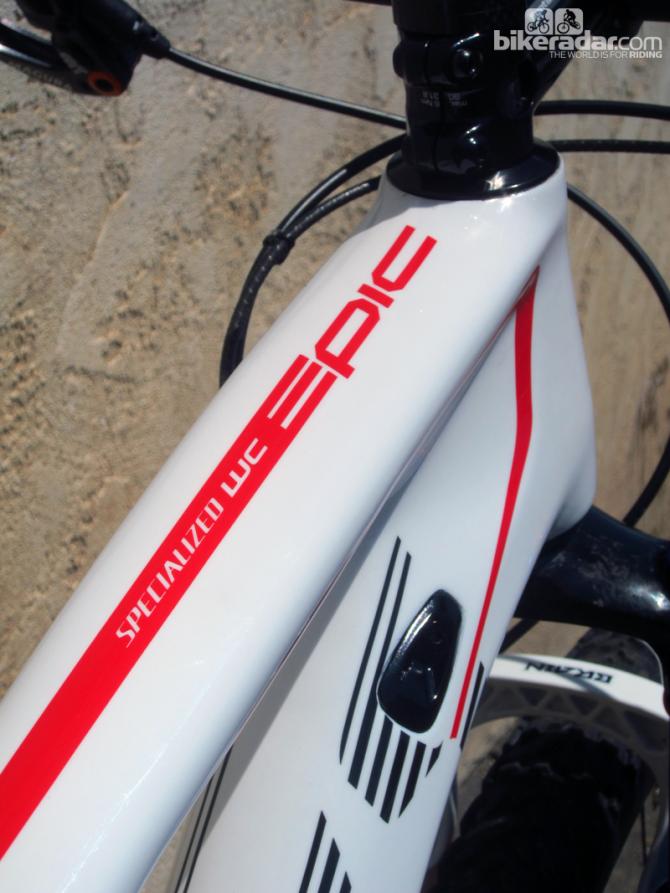
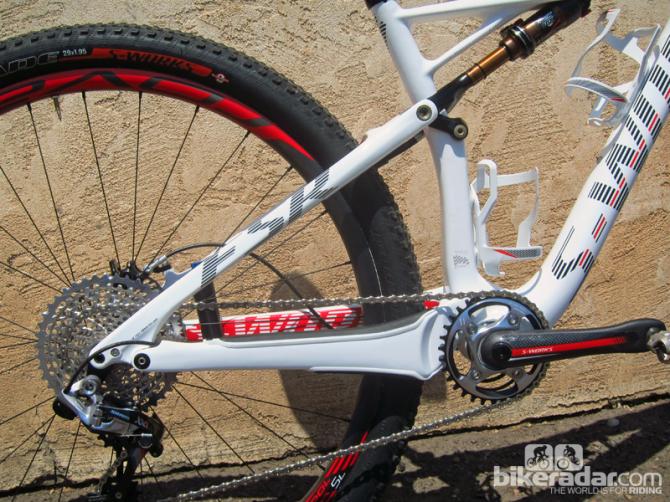
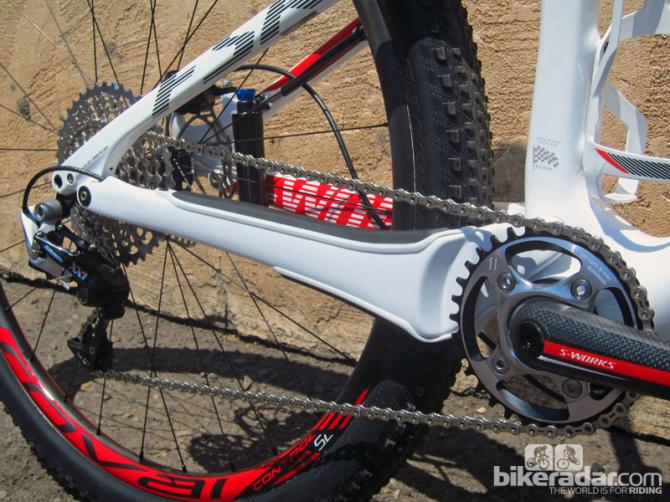
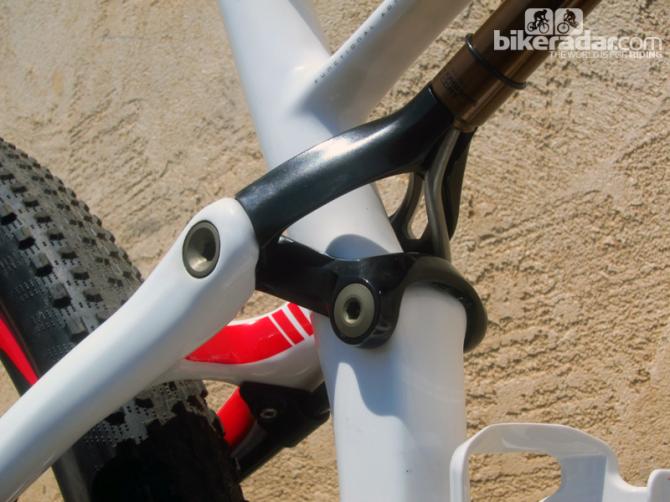
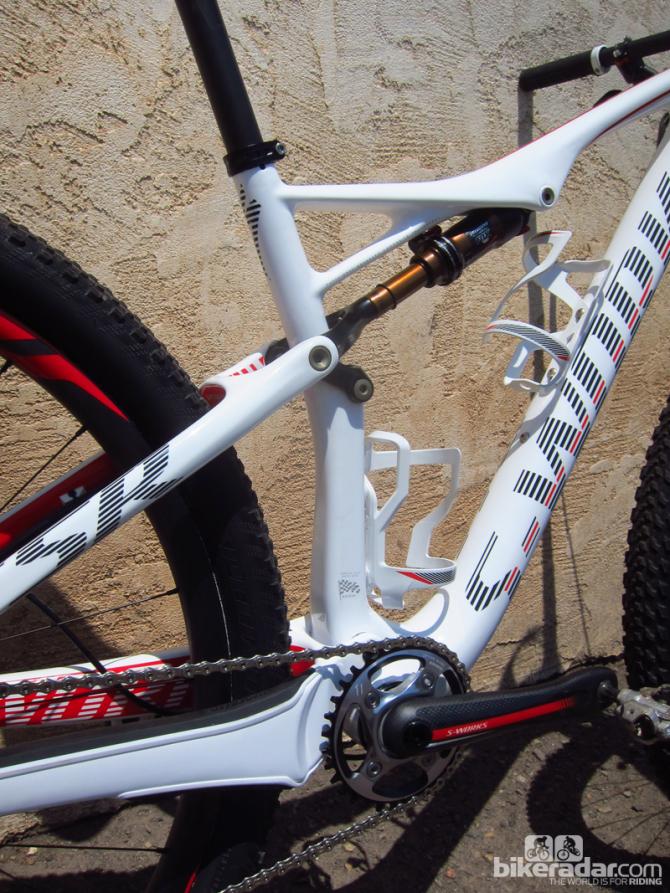
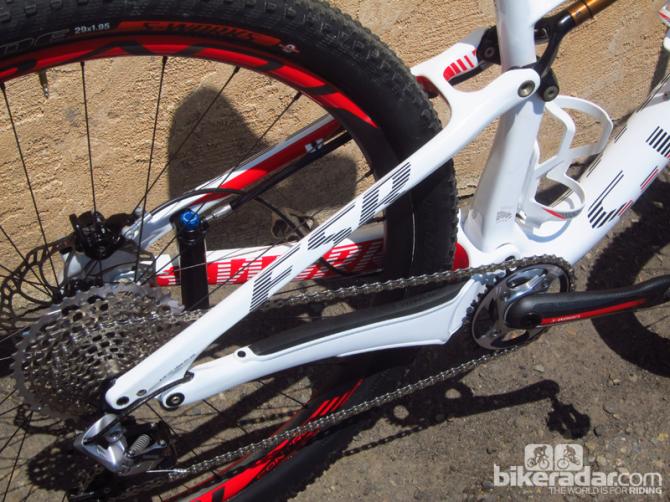
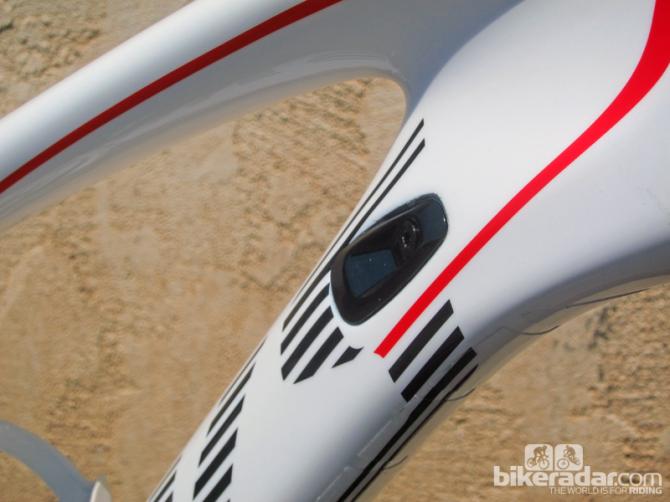
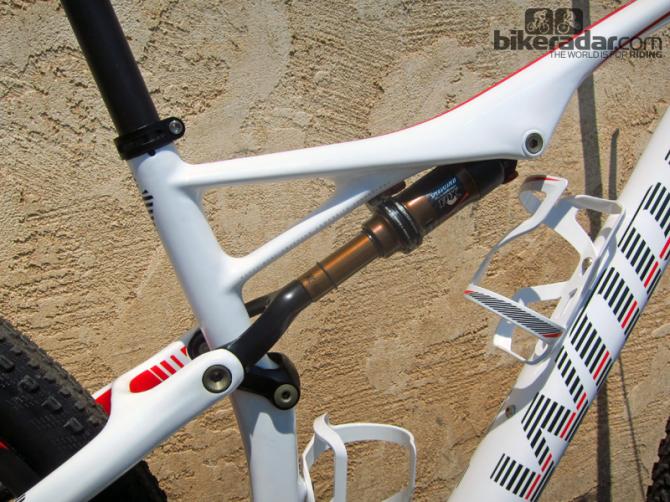
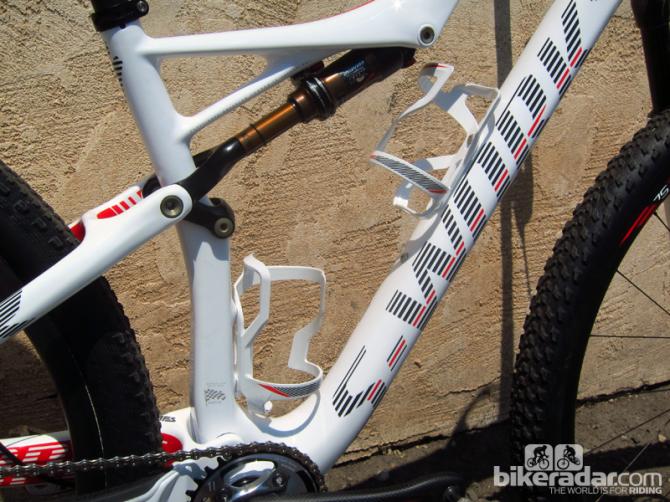
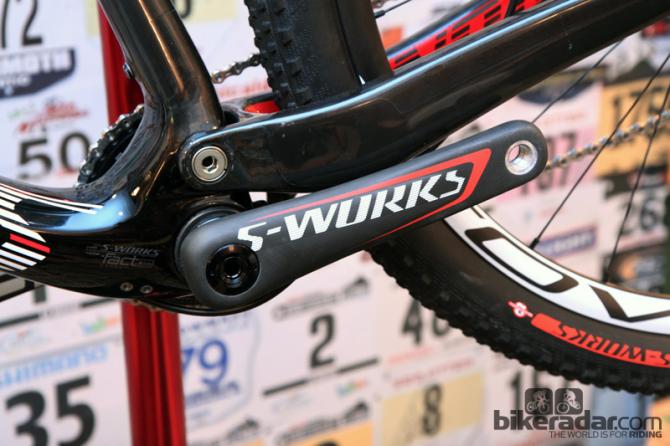
This article originally published on BikeRadar
Specialized recently unveiled its 2014 cross-country bikes, including an all-new Epic variant that's purpose-built for racing. With a firmer ride, more aggressive angles, and slightly less travel, the new S-Works Epic World Cup definitely fits the bill.
Ride & handling: Quick, darty, and efficient
While the standard Epic is still a willing partner for all-day marathon-type races and rides, the Epic World Cup is more ideally suited to shorter and more intense efforts. Specialized PR man Sam Benedict described the target audience as riders who "show up to blow up" and, based on our limited saddle time so far, that description is apt.
Specialized equips the Epic World Cup with 95mm of suspension front and rear, instead of the usual 100mm, and even on the relatively smooth trails up Horse Gulch road overlooking Durango, Colorado, it was tuned noticeably firmer.
Rather than smoothing everything over like a good trail bike, the Epic's main focus is to prevent more significant impacts disrupting your forward progress. Along those lines, both ends do their respective jobs well.
Save for the softest Brain Fade setting – and despite Specialized's assertions of a smoother transition than ever – the near-instant switch from locked to open also comes with a light thud as the valve opens on that initial impact, a feeling similar to bottoming out a tire.
So the Epic World Cup might not win any medals for plushness, but it does feel extraordinarily efficient – just the thing for its intended use. Especially when combined with the absolutely enormous chain stays on the dedicated 1x-only chassis, power transfer is as close to that of a hardtail as anything we've ridden.
Just as intended, the Brain Fade-equipped rear shock doesn't budge when you're charging out of the saddle, and there's an undeniable sense of crispness in the chassis whether you're making inputs through your feet or the bar.
Speaking of which, you'd best make sure those bar inputs are intended, as the steeper 71-degree head tube angle and very short 439mm chain stays combine for quite the twitchy feel. We found it just the thing for ripping through a series of fast and tight-bermed corners, but only after we'd grown accustomed to the timing.
Riders who are used to more typical trail bike geometry will almost certainly oversteer the first few corners when setting off on this thing, but short track racers will likely feel right at home.
Frame: Stiff and responsive – but more convenient, too
As one would expect, the all-new S-Works Epic World Cup frame is said to be lighter (by about 50g) and stiffer than before. Without the luxury of weighing a bare chassis during our initial encounter, we'll have to take Specialized's word on the former, but it's tough to argue with the latter.
The new Epic World Cup is more refined, as well, with more of the features consumers generally expect for a modern chassis. These include the molded-in bearing seats for the tapered headset, a press-fit 30 bottom bracket shell, 142x12mm thru-axle rear dropouts, post-mount rear brake caliper tabs on the chain stay, and internal cable routing that can be configured for anywhere from one to four lines (in theory, you could run a Stealth-style dropper post should one become available in a 27.2mm diameter).
In response to rider feedback – especially those with larger feet or who pedal pigeon-toed – overall chain stay width has shrunk by 16mm for better heel clearance.

Enormous chain stays on the new Specialized S-Works Epic World Cup
Chain stay height, however, has grown tremendously. This World Cup variant is designed for use with 1x drivetrains only, and has no provision to mount a front derailleur. Frame designers took advantage of that by expanding the driveside chain stay to fill almost the entire space available. With 1x drivetrains growing in popularity, expect more of this sort of thing from Specialized – and others – in the near future.
That Specialized has paid attention to the new chassis' performance characteristics is no surprise, but the efforts invested into making it more convenient certainly are.
The Fox-made rear shock's overall size has been decreased for both weight and packaging reasons, and the swing link now features a concentric pivot design and the same "shock block" layout used on the Enduro and Camber. However, it's the slightly raised position into the top tube that yields key gains (standover height is unchanged).
For the first time since the original 'sidewinder' Epic debuted in 2003, the bike will now have enough room in the main triangle for two water bottles – and big ones at that.
Should you be so inclined, the frame will also accept Specialized's SWAT (Storage, Water, Air, Tools) Stage 3 kit for racers who want to carry tools and flat repair items. In other words, feel free to leave the hydration pack at home.
Equipment: Fantastic SRAM XX1 drivetrain, so-so Magura brakes
The Epic World Cup is exclusively available with 1x drivetrains. In the case of our top-shelf S-Works version, that means SRAM's XX1 group. We've said it before but we'll say it again: it's utterly awesome. Shifts are smooth and crisp, it runs relatively silently, and the unique 10-42T cassette provides more than enough range for the intended purpose. Dare we say SRAM will do well with the less expensive X01 version.
Specialized pairs that awesome drivetrain with Magura MT8 hydraulic disc brakes, complete with their trick molded carbon composite brake lever bodies and calipers. Though their light weight is impressive, their performance on the trail was less so.
Power is somewhat lacking and the levers have a bit more squish than, say, Shimano's ultra-precise XTR (or even XT or SLX, for that matter) stoppers. There's no pad contact adjustment, either, although in fairness we had few issues getting our levers set up where we wanted them.
Virtually everything else on the bike comes from Specialized's in-house parts bin. New for 2014 are the Control SL 29 wheels, and initial impressions are very positive.
The lightweight, 22mm-wide (internal) carbon fiber rims are quick to accelerate and reasonably stiff under hard cornering, lending a secure feel even when we were aggressively attacking smaller berms – that's likely helped further by the new 15mm front thru-axle. Specialized claim the hookless rim beads' uncut fibers lend improved strength, too, but we had little opportunity to slam our set into rocks during the short test trip.
Traction from the front Fast Trak and rear Renegade treads was surprisingly good given the dry and dusty conditions, and we found the stock Phenom saddle and slim lock-on grips admirably comfortable for a three-hour ride.
Unfortunately, we didn't have the chance to weigh our test bike, but a similar steed with just a few slight modifications (foam grips, a Renegade front tire, and Specialized's newer FACT carbon cranks) came in at just 8.9kg (19.62lb), without pedals and for a size large.
BikeRadar will have a proper long-term sample on hand shortly, so check back for a more in-depth report in the coming months once we've had the opportunity to attack our local short track series.
Price: US$10,500
Weight: 8.90kg (19.62lb), size large, with foam grips, Renegade front tire, and new crank, without pedals
Pros: Fantastic efficiency with usable suspension, appropriately quick handling, dual water bottle convenience, brilliant dedicated 1x frame design
Cons: Very narrow intended market, extremely expensive
BikeRadar verdict: 4 stars
More information: www.specialized.com